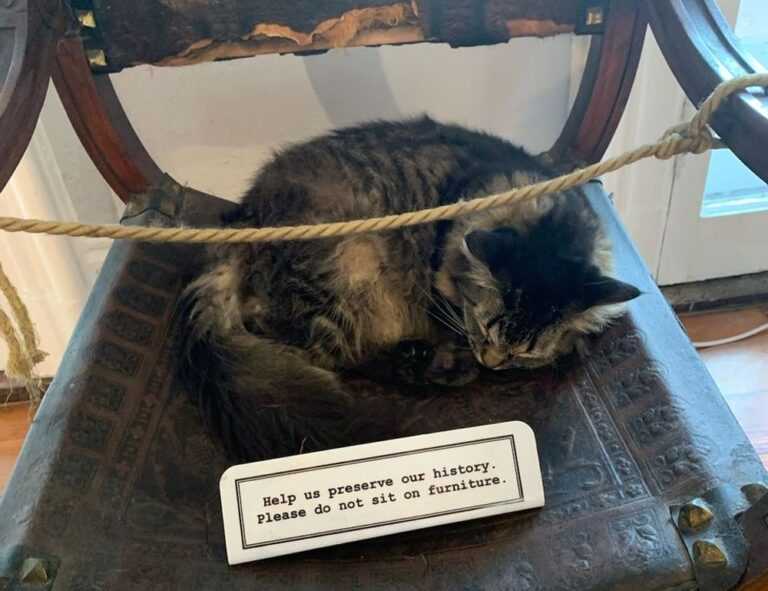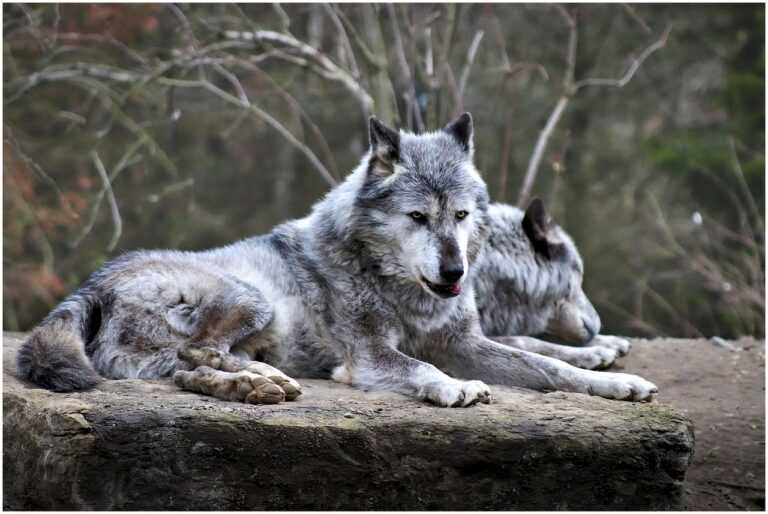Planning a family activity sounds exciting, but let’s be honest—it can quickly turn into a juggling act. Between coordinating schedules, managing different interests, and staying within budget, it’s easy to feel overwhelmed. I’ve been there, and I know how important it is to strike the right balance so everyone has a great time.
Importance Of Family Activities
Family activities play a crucial role in strengthening bonds and fostering meaningful connections. They provide opportunities to share experiences and nurture relationships within a supportive environment.
Building Strong Relationships
Shared activities encourage communication and trust among family members. Planning and participating in these moments help build understanding and empathy. For example, family game nights teach collaboration, while team-based outdoor activities promote mutual support. Regularly engaging in such experiences enhances emotional connections and reduces conflicts, creating a stable foundation for future interactions.
Creating Lasting Memories
Family activities create cherished moments that everyone remembers for years. Celebrating birthdays together, taking vacations, or exploring local events often becomes part of shared family history. These memories serve as positive reminders during challenging times and reinforce a sense of belonging. Capturing these experiences through photos or mementos allows families to revisit and celebrate their unique journeys together.
Factors To Consider When Planning
Planning family activities requires careful thought to ensure everyone feels included and the experience is enjoyable. Several factors impact decision-making, so addressing them can simplify the process.
- Budget And Expenses
I prioritize setting a clear budget before deciding on activities. Allocating financial resources helps avoid overspending and narrows down options. Free or low-cost activities, like hiking or family movie nights, are great for tighter budgets. For paid outings, like amusement parks or concerts, I factor in entry fees, transportation, and food costs to prevent last-minute surprises.
- Time Availability
Aligning schedules is essential when planning for multiple people. I check everyone’s availability in advance to ensure the chosen activity fits into the busiest schedules. Weekends, holidays, or short breaks offer the best opportunities for longer activities, while quick outings fit well on weekdays with limited time. Considering travel time ensures we have enough room for the actual activity.
- Age-Appropriate Activities
Finding activities suitable for all age groups in the family guarantees inclusivity. For young children, I look at interactive or hands-on options like petting zoos or craft sessions. Preteens and teens often prefer high-energy or social activities, such as sports or team challenges. For adults, relaxing outings like guided tours or cooking classes work well. Age-specific needs, like safety or endurance levels, guide these selections.
Popular Types Of Family Activities

Family activities can range from playful to adventurous, offering opportunities for bonding and relaxation. Exploring popular activity categories helps in finding options that suit every family member’s interests.
Indoor Activities
Indoor activities are convenient for bad weather or tighter schedules. Board games like Monopoly or strategy-based options encourage teamwork and critical thinking. Arts and crafts projects provide creative engagement, with options such as painting or DIY photo collages. Movie nights with a pre-planned selection of family-friendly films create shared experiences. Cooking or baking sessions where everyone contributes to preparing meals teach practical skills and foster collaboration.
Outdoor Adventures
Spending time outdoors promotes physical activity and exploration. Hiking on beginner-friendly trails is ideal for families with wide age ranges. Visits to local parks offers:
- space for picnics
- frisbee games
- nature spotting
Bike rides through scenic routes provide active fun combined with travel. Seasonal activities, such as apple picking in fall or beach trips in summer, align with the family’s location-specific opportunities.
Educational Experiences
Educational activities combine learning with entertainment. Visiting museums or historical landmarks introduces engaging ways to explore new topics. Science centers or planetariums offer interactive exhibits that captivate kids and adults alike. Library trips encourage reading habits, while workshops like pottery or coding classes allow families to develop new skills together. Heritage-based outings, such as attending cultural festivals, help celebrate traditions.
Tips For Successful Planning
Effective planning ensures family activities are enjoyable and stress-free. By focusing on inclusivity and preparation, I create experiences that cater to everyone’s needs and preferences.
Involving Everyone In The Decision-Making
I encourage every family member to share their ideas and preferences. Group discussions or individual input ensures diverse interests are considered. For example, younger children might suggest simple activities like arts and crafts, while teenagers may prefer outdoor adventures like hiking or sports. I find polling or voting to be an effective method for narrowing options. This approach fosters excitement and ensures a sense of ownership, making everyone more engaged in the activity.
Planning Ahead To Avoid Last-Minute Stress
I schedule activities well in advance to manage logistics effortlessly. Creating a checklist helps me keep track of essential tasks, like booking tickets, arranging transportation, or preparing supplies. When multiple schedules are involved, I use shared digital calendars, ensuring everyone’s availability aligns. If unexpected issues arise, I ensure flexibility by having backup plans, such as an indoor activity option if weather disrupts outdoor plans.


































































